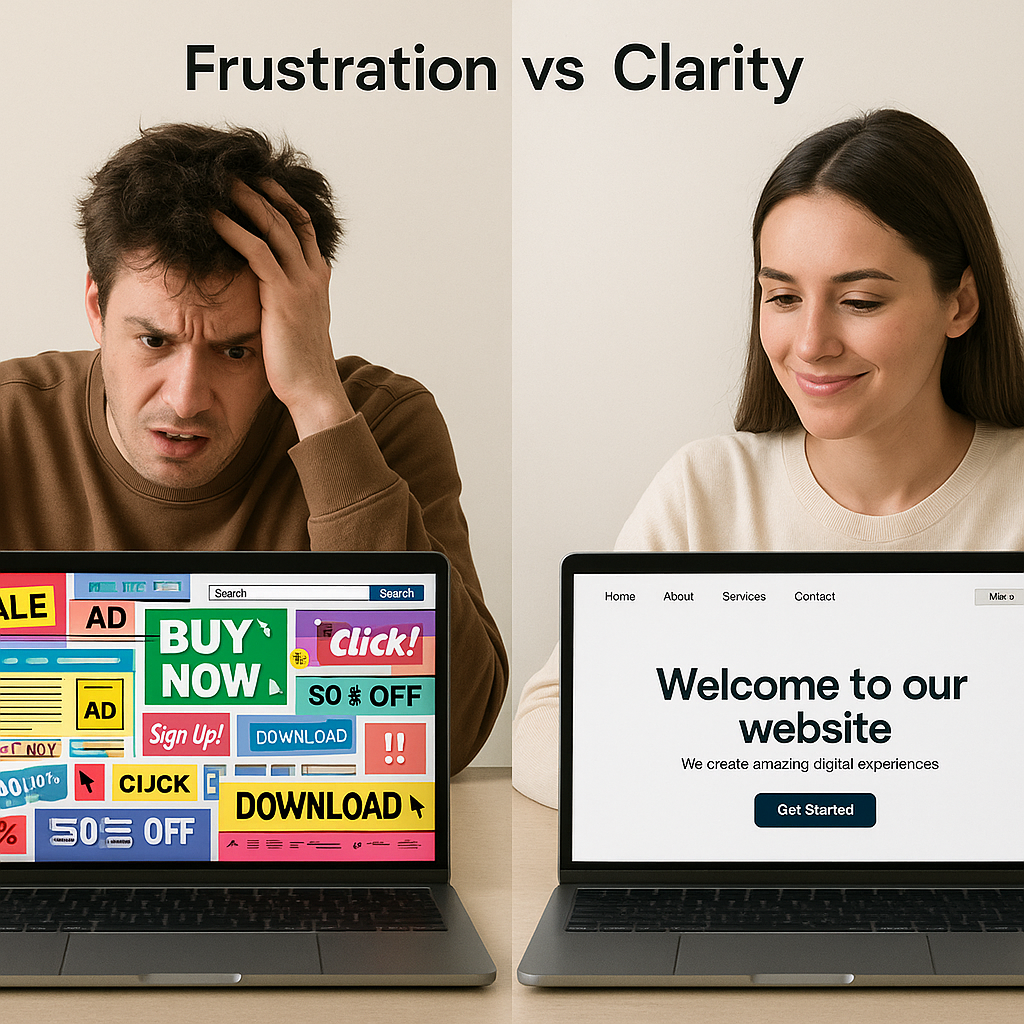How to Create Email Drip Campaigns That Boost Leads and Sales
Creating Email Drip Campaigns That Nurture Leads and Drive Sales: A Small Business Guide
Ever watched water drip from a leaky faucet? Each drop builds upon the last, creating a steady rhythm that, over time, can fill an entire bucket. That's precisely how email drip campaigns work – except instead of water, you're delivering valuable content that gradually fills your prospects' trust bucket until they're ready to become customers.
The Magic Behind Drip Campaigns
Let's face it – most of us are drowning in emails. Your potential customers' inboxes are probably bursting at the seams with promotional messages, newsletters, and countless other digital distractions. So, why add to the noise? Because when done right, drip campaigns aren't noise – they're music to your leads' ears.
Think about the last time you met someone new at a networking event. You wouldn't immediately launch into a sales pitch, would you? Instead, you'd probably start with small talk, find common ground, and gradually build rapport. Email drip campaigns follow the same natural progression of relationship-building, just in digital form.
Breaking Down the Basics
At its core, a drip campaign is a series of pre-written emails that go out automatically based on specific triggers or timelines. But here's where it gets interesting: unlike those annoying "spray and pray" email blasts, drip campaigns are smart. They respond to your subscribers' behaviors, interests, and engagement levels.
Some leads might be ready to buy after three emails, while others need ten touches before they're comfortable pulling out their credit cards. A well-crafted drip campaign adapts to these different paths, nurturing each lead at their own pace.
The Secret Sauce: Why Drip Campaigns Work
Picture this: Sarah downloads your free guide about organic gardening. Without a drip campaign, she might forget about your brand within days. But with a strategic email sequence, you can:
- Welcome her warmly and deliver the promised guide
- Share additional tips about companion planting
- Tell the story of how your organic fertilizer business started
- Offer exclusive discounts on first-time purchases
- Show social proof from happy customers
By the time Sarah reaches the end of your sequence, she's not just another email address – she's an educated prospect who understands your value proposition.
Crafting Your Campaign: A Step-by-Step Approach
Starting can feel overwhelming, but break it down into manageable chunks. First, identify your campaign's goal. Are you trying to:
- Convert free trial users to paid subscribers?
- Turn first-time buyers into repeat customers?
- Re-engage dormant leads?
Once you've nailed down your objective, map out your customer's journey. What questions will they have at each stage? What objections might hold them back? Your emails should address these points naturally and conversationally.
The Art of Email Sequencing
Your first email sets the tone. Make it count! Welcome new subscribers warmly, but don't stop there. Share something valuable immediately – a quick win, an unexpected tip, or an entertaining story that relates to their interests.
Then, space out subsequent emails strategically. Too many emails too quickly feel spammy, while too few might let your leads forget about you. Consider this rhythm:
- Day 1: Welcome email with immediate value
- Day 3: Educational content that showcases your expertise
- Day 5: Social proof and customer success stories
- Day 8: Address common objections
- Day 12: Present your offer
- Day 15: Follow-up with added incentive
Pro Tips for Maximum Impact
Want to supercharge your results? Try these battle-tested strategies:
Personalization is non-negotiable. Use your subscriber's name, reference their past interactions with your brand, and segment your list based on behavior and preferences.
Mix up your content formats. Some people love quick tips, others prefer in-depth analyses, and many appreciate customer stories. Variety keeps your emails fresh and engaging.
Test everything! From subject lines to send times, every element of your campaign can be optimized. Let the data guide your decisions, not assumptions.
Common Pitfalls to Avoid
Don't fall into these typical traps:
- Writing novels instead of emails (keep it concise!)
- Focusing too much on selling, not enough on helping
- Forgetting to include clear calls-to-action
- Ignoring mobile optimization
- Setting and forgetting (campaigns need regular updates)
Measuring Success
Track these key metrics to gauge your campaign's effectiveness:
- Open rates
- Click-through rates
- Conversion rates
- Unsubscribe rates
- Revenue generated
Remember, success looks different for every business. A 20% open rate might be fantastic in one industry but mediocre in another. Focus on improving your own numbers over time.
Taking Action
Ready to create your first drip campaign? Start small. Write a simple three-email sequence for new subscribers. Test it, tweak it, and expand from there. The beauty of email automation is that once you've got it right, it works for you 24/7, nurturing leads and driving sales while you focus on other aspects of your business.
Remember: The best drip campaign is the one that genuinely helps your subscribers while moving them naturally toward becoming customers. Keep that balance in mind, and you'll be well on your way to email marketing success.





